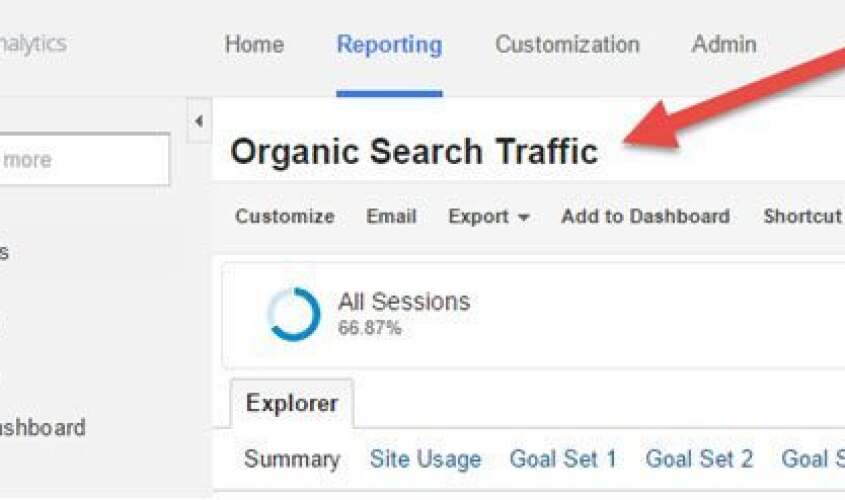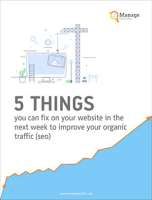Awareness is one of the most important assets you can have as a business owner or marketer.
Ultimately, you need to be aware of what your customers want, who your audience is, and what the search engines need to rank you as high as possible for your chosen words and phrases.
The good news is that one of the biggest search engines out there – Google – makes it easier to enhance your awareness through an easy-to-use tool called Google Analytics. With Google Analytics you can learn everything you need to know about your organic traffic, and how compelling your website really is.
Of course, the first thing you need to do is answer one simple question:
Table of Contents
- Direct Traffic vs Organic Traffic
- What is Organic Traffic?
- Where to Find Organic Traffic in Google Analytics
- Finding Non-Branded Organic Traffic
- How to Increase Your Organic Traffic
- 1. Start with SEO
- 2. Create the Best Content You Can
- 3. Grab the Low-Hanging Fruit
- 4. Stay on Google’s Good Side
- 5. Remember to Keep Tracking
Direct Traffic vs Organic Traffic
When the era of search engine marketing first began, most digital marketers defined “direct” traffic and “organic” traffic in a very simplistic way. Companies believed that “direct” traffic was simply people visiting a site from a company URL entered in their browser, while organic traffic was what happened when people “found” a site through a search engine.
The truth is a little more complicated.
What is Direct Traffic?
Direct traffic is any visit from a customer who comes to your website without any website to refer them. For instance, someone might click on a social media link, or an URL on another blog to get to your site. Unfortunately, many people see a rise in “direct traffic” from sources that should be counted as “organic” traffic.
While some forms of direct traffic are legitimate, others are caused because of poor referral information sent into your analytics campaigns. Here are some of the sources of direct traffic, and what you need to know about them.
- you
- Internal employees: Employees that visit your site and don’t have their IP filtered on Google analytics – it makes sense to filter employee IP to improve the accuracy of your results.
- Actual direct traffic: People who come to you by entering your URL into their browser or clicking on a bookmark.
- Clicks on desktop software or mobile apps: Some programs like news apps don’t necessarily pass on referral information to measure direct traffic correctly. Make sure you understand where your links are to measure effectiveness.
- Customers: Customers who log into your website via a customer portal on your site. You’ll need to set up different views on Google analytics to make sure that you’re tracking this traffic correctly.
- Mobile traffic: In 2014, Group de-indexed its site for 6 hours and discovered that 60% of its direct traffic was organic. In this study, Groupon found that while desktops with common browsers had an impact on the text, mobile devices saw a 50% drop in traffic when the site was deindexed. This indicates that direct traffic is sure to rise as mobile users continue to expand.
- Emails: Clicks from certain email clients (Thunderbird for example), don’t necessarily pass on referral information. Make sure you analyze the traffic around a time when emails were sent to identify whether the email caused a spike in traffic.
- Secure to non-secure sites: now that Google prioritizes secure sites more than other, more websites are using the HTTPS URL. Any traffic going from a stable to non-secure site won’t pass on referral information. The best way to alleviate this problem is with an SSL certificate.
What is Organic Traffic?
Organic Traffic is a term that refers to the visitors who arrive on your website naturally. In other words, they find their way there rather than being pushed in your direction by referrals or paid advertisements. In the screenshot below, you can see the difference between “paid” ads, and content that’s made its way to the top of the SERPs through SEO and great content alone.
Organic traffic is the main channel that inbound marketing attempts to increase. People trust search engines, and they rely on sites like Google to deliver the information that they need. However, organic traffic results continuously change due to the alterations that Google makes to its algorithms.
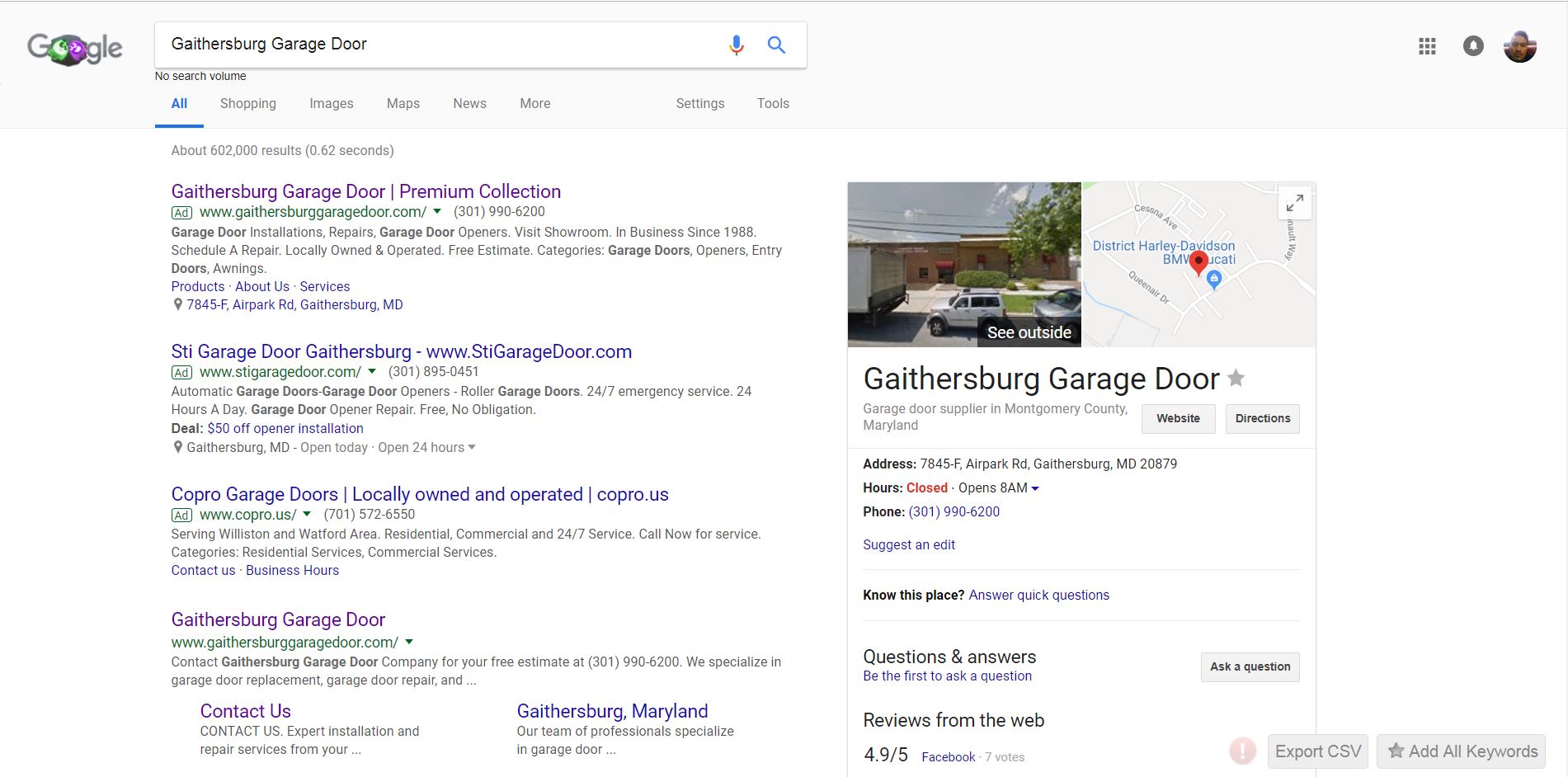
Although there are many different ways that you can improve the traffic on your website, most organic traffic is driven by one crucial factor: SEO.
Search Engine Optimization is the key to delighting both your customers and the search engines at the same time. The better you can rank for competitive keywords, the more likely you are to get tons of organic traffic. That’s why websites that regularly create great content are much more likely to see an increase in profits, customers, and search ranking.
The Aberdeen Group tells us that conversion rates are 2.9% higher for companies that use content marketing.
Where to Find Organic Traffic in Google Analytics
Measuring traffic data in Google Analytics is a great way to test the health of your marketing initiatives and your website growth. When you’re writing content on a regular basis, you can use your traffic information to correlate your results into actual ROI.
The easiest way to find organic traffic in Google Analytics is to follow these steps:
Go to the Acquisition section on the life-hand sidebar menu :

Click on the Campaigns drop-down menu and choose the option highlighted “Organic Keywords.”

You’ll be able to see the people who have visited your website by clicking on an organic search listing here, regardless of whether they came from Google, Yahoo, Bing, or any other search solution. You can also narrow your report further by setting a date range to find out how much your traffic has improved in a certain period.
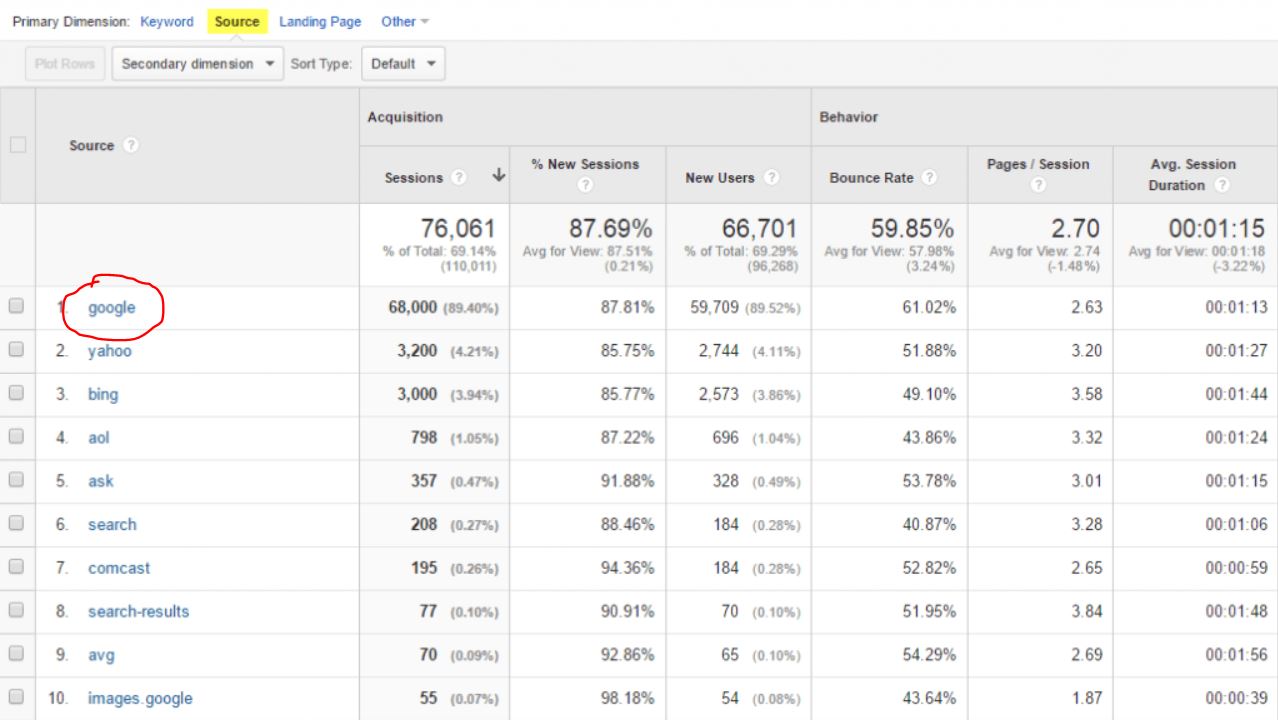
Remember, when you’re in the Organic Keywords report, you’ll be looking specifically at keywords. This means that you may need to switch to “Source” if you want to find out which search engines delivered the most traffic.
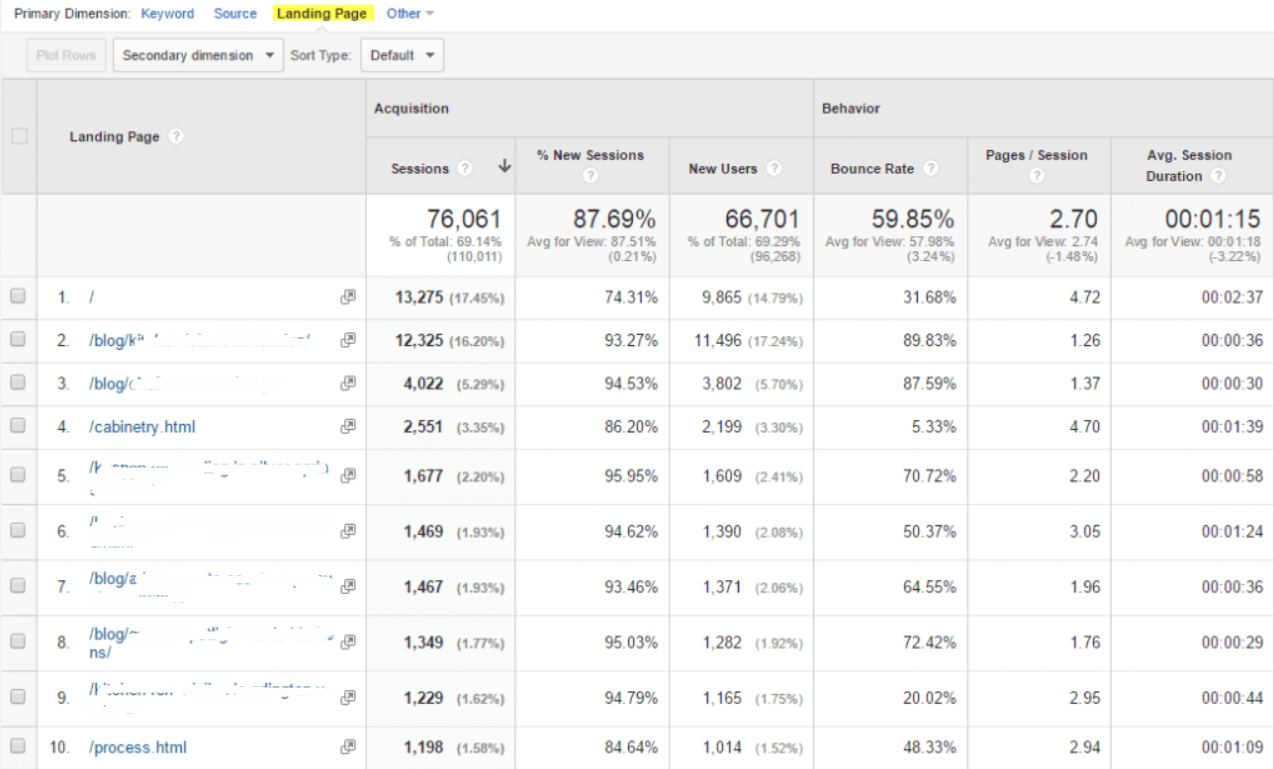
You can also click on the “Other” option to find out how much of your organic traffic comes from a specific country, or how many visitors click on particular links.
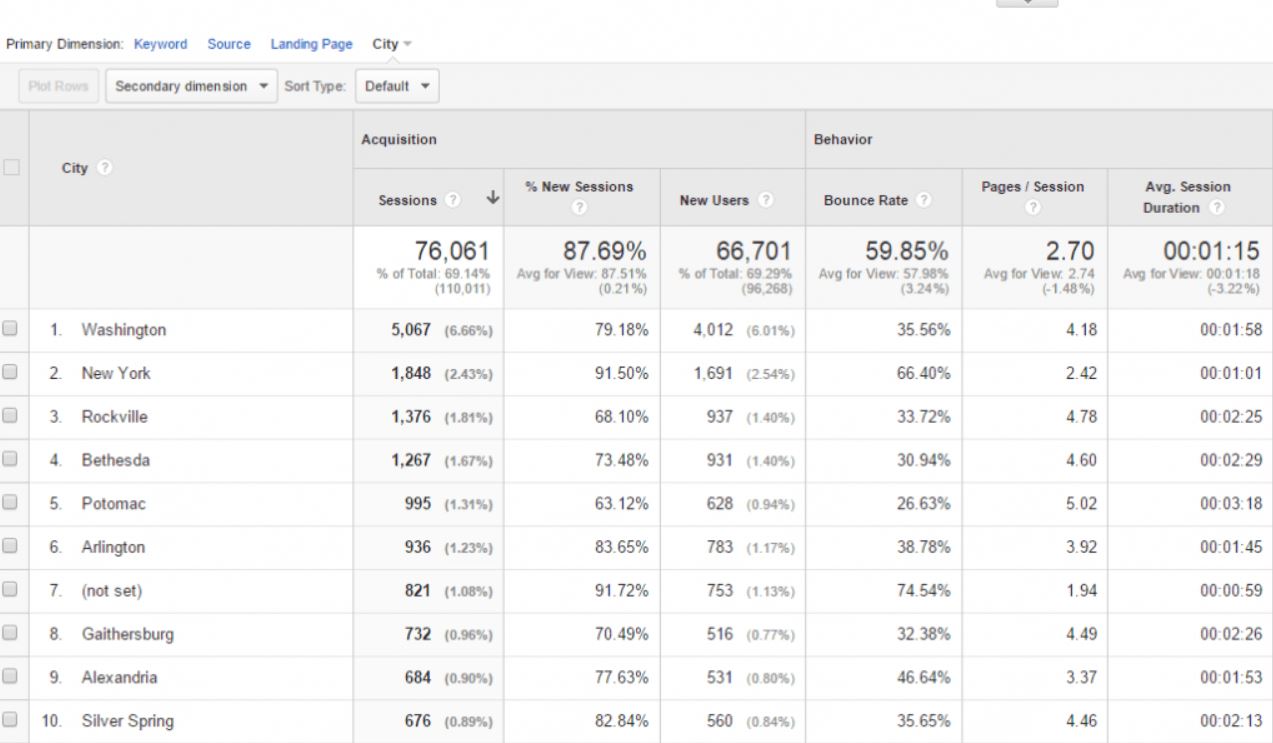
As you can see, there are various ways to generate unique organic traffic reports for your site, so you can determine exactly what you need to do to enhance your online performance.
Finding Non-Branded Organic Traffic
Most of the time, the majority of the organic traffic you get on your website will come from people who don’t have a good understanding of your brand. Of course, there are people out there who will look for your business name to find your site.
In some cases, filtering your brand name out of your search for organic traffic on a keyword report may give you a more accurate picture of your customers, but it won’t account for every use case. A good way to eliminate this problem is to remove landing pages that would be triggered by branded keywords – these are pages like your home page, contact us page, and “about us” page.
By tracking and focusing on your “non-branded” organic traffic, you can improve your chances of growing your consumer base online and focus less of your efforts on reports that look at customer who already knew you and your brand.
How to Increase Your Organic Traffic
Now you know the basics around what organic traffic is, it’s time to figure out how you can increase your share of traffic as quickly and effectively as possible. For the most part, making the most of organic traffic is all about boosting your SEO, creating great content, and keeping the search engines happy.
Typically, there are two main ways to grow your organic traffic:
Optimizing your current pages for SEO
Adding additional pages to your site that are optimized for your crucial keywords (a blog is a great way to do this)
Let’s look at both of those options in more depth, as well as some additional organic traffic solutions.
1. Start with SEO
The first thing you’ll need to do is improve the SEO on your existing website pages. This means conducting a full audit of your website, where you look for any examples of where you can potentially increase your appeal to the search engines. Use the following steps to enhance your chances of success:
- Conduct a business analysis: Check through your website for pages that don’t have a distinct keyword focus, as well as pages that have the same keywords. These are the areas of your site that will need the most work, to begin with.
- Find the right keywords: Research your industry to find the keywords that you want to rank for. Ideally, you’ll need terms that are competitive enough to capture the attention of your audience, but not so competitive that you’re never going to be able to beat the other businesses that already rank for them. Tools like Ahrefs and SEMrush can help you choose the terms that are best-suited to you.
- Use titles and meta tags: Use keyword-based titles to establish a theme and direction for your page and add meta descriptions to improve your click-through rates when people do see your content on the search pages.
- Get technical: Develop new sitemaps for Google and Bing in HTML and XML versions. These will make it easier for search engines to index your websites. Remember to submit your site to directories after you’ve finished your maps too!
2. Create the Best Content You Can
Content is a crucial part of building organic traffic. However, you can’t just write for the sake of filling out your website and expect great results. You need to genuinely make an impact with whatever you produce. This means writing content that’s going to have a positive influence on your customer’s and their lives. Figure out what kind of problems your users suffer from every day and write content that’s going to answer the questions they’re automatically searching for on Google.
Ideally, your aim should be to create a schedule that you can use to consistently publish new SEO-optimized pages and content to your website. The more pages you have, the more content Google has to index, improving your chances that you’ll appear on the SERPs for the right terms and phrases. Start by aiming for at least one new piece of content a week and work your way up.
Remember, it’s not just the search engines that appreciate a regularly-updated website – it’s your customers too. If you can deliver something of real value to your audience, then you’ll have loyal followers in no time!
3. Grab the Low-Hanging Fruit
If no matter how much content you create, or how much time you spend on SEO optimization, you always seem to have a problem with organic traffic, it might be time to re-think your keyword strategy. Everyone wants to rank for the most significant two-or-three keyword phrases in their list because they generally have the highest search volume. Unfortunately, broader terms are more competitive- which means that you may not stand a chance of getting in front of your target audience.
A good way to improve your chances of success? Try building out a few pages with long-tail keyword phrases instead. For instance, if you’re a Marketing Company trying to rank for the term “Marketing Company,” you’ll always struggle to get above some of the bigger players in the market that already rank for that term. However, if you can include additional terms like the area you serve, or the niche you’re targeting, you improve your chances of ranking significantly.
Try building out a new service page for “Marketing Company for Non-Profits Texas,” instead of just “Marketing Company,” you may be surprised by your results.
4. Stay on Google’s Good Side
Staying ahead of the game when it comes to organic traffic also means that you need to understand what Google is looking for. For the most part, this means keeping up to date with the search engine algorithms. However, it also helps to simply use some common sense. The last thing you want to do is anger Google, particularly when it’s the one that decides how successful your site is going to be.
Keep an eye on the algorithms to make sure that you’re not falling behind on the rules, and remember:
- Avoid cheap link building tactics
- Don’t use exact-match anchor text
- Don’t pay for inbound links
- Don’t keyword-stuff your content
- Don’t publish low-quality or copied content
Avoid any underhanded tactics, and built your strategy for organic traffic around valuable, SEO-optimized content instead. Building organic traffic, the right way might take more time and effort, but it will reward you in the long term. (starting a blog is a great way to do this!)
5. Remember to Keep Tracking
Finally, remember that it’s always going to be hard to improve your organic traffic if you don’t have benchmarks to work with. Your Google Analytics tool is here to help you make the most out of your marketing campaigns, by giving you an insight into the tactics that work for your customers, and the ones that don’t.
Use the guidance we gave you above to make sure that your organic traffic is increasing week by week. If you suddenly see a drop in the number of people coming to your website, ask yourself what you’ve done recently that might have changed things. Did you post a piece of content that didn’t agree with people, or change up your keyword strategy?
Good Luck Building your Organic Traffic
Ultimately, creating organic traffic and maintaining it is easier said than done.
However, like most things in life, if you can commit to the right strategy, and work hard on it, then you should see results that help your business success to skyrocket in no time. Remember, beyond simply looking at direct and organic traffic, it also makes sense to examine each of your traffic sources as carefully as possible. For instance, different referral sources on Google include:
- Direct traffic: Where the referral source is unknown
- Email traffic: Traffic from an appropriately tagged email provider
- Paid search: Traffic that comes from a search engine system like Google Adwords.
- Organic traffic: Traffic from search result that has not been paid for.
- Social: Traffic from social networks like Instagram or Facebook.
- Referral: When a user clicks on a link to your site from another site
- Other: When traffic doesn’t fit into any of the above parameters.
Embrace the daily grind involved with boosting your SEO and creating amazing content, and at the end of the day, you’ll have a site that consistently attracts new traffic, whether you’re paying for ads and asking for referrals or not.
Contact us today for help building your organic traffic!

